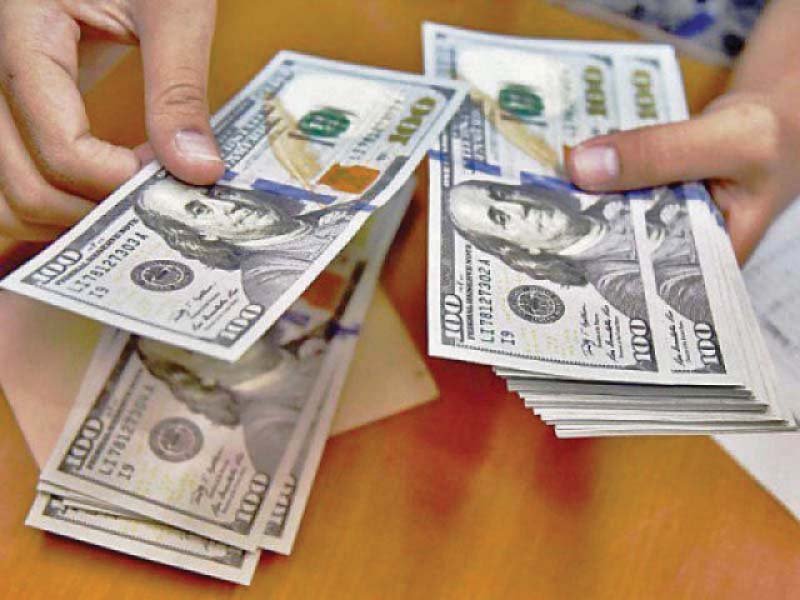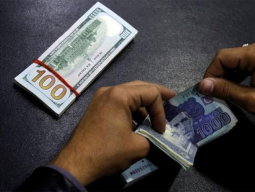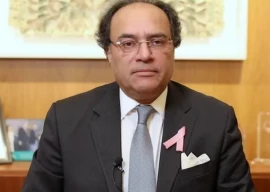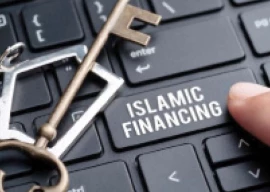
The previous Pakistan Muslim League-Nawaz (PML-N) government, caretaker set-up and current Pakistan Tehreek-e-Insaf (PTI) administration let the rupee dive to Rs138.86 against the US dollar by the end of December 2018 compared to the parity of Rs105.54 in early December 2017.
The PTI government, after coming to power in August 2018, formally approached the IMF in October and kicked off discussions for a bailout worth $6-8 billion in November.
Though the rupee has gone down this much in six rounds of depreciation since December 2017, the country has not yet been able to secure an IMF loan programme as other suggestions like the hike in discount rate and energy tariffs as well as more rupee fall have not been met. Experts expect another slump in the value of the rupee sometime in January 2019 to fulfill the stringent condition.
“We may see 2-3% depreciation sometime in mid-January before an agreement on the IMF programme,” suggested BMA Capital economist Fawad Khan while talking to The Express Tribune.
Analysts and experts believe that the IMF has suggested letting the rupee weaken to Rs145 to the greenback. Previously, it had proposed that the rupee’s parity should be at around Rs125 before the PML-N government allowed the first round of depreciation in December 2017.
However, it should be noted that the IMF bailout is no more required after friendly countries Saudi Arabia and the United Arab Emirates (UAE) have pledged and extended financial assistance worth $6 billion and $3 billion respectively to help Pakistan avert a balance of payments crisis. Moreover, China is also expected to offer $3-4 billion in loans but the amount has not yet been announced.
Apart from these, billions of dollars can be raised by floating dollar-denominated bonds, like Eurobond, in world markets to bridge the financing shortfall.
In a bid to win over voters and succeed in elections for a second consecutive term in mid-2018, the PML-N government - which let the rupee go down by over 9.6% in the last six months of its rule - earlier held the currency artificially stable at an average rate of Rs102.2 from January to August 2015 and at Rs104.5 for about 28 months (September 2015 to early December 2017).
The rupee had been at around Rs97 to the greenback when the PML-N formed its government on June 5, 2013.
That left the rupee overvalued against the US dollar and other major world currencies. It also widened the gap between Pakistan’s low foreign income, primarily from sluggish exports and almost static remittances, and high expenditures to finance a heavy import bill and make debt repayment.
The gap - called the current account deficit - touched a record high at $19 billion in the previous fiscal year ended June 30, 2018. To bridge the gulf, financing came partly through the foreign currency reserves, which depleted fast and fell to a near five-year low.
In its report, the State Bank of Pakistan (SBP) suggested that a 13-year high economic growth of 5.8% achieved in FY18 came at “the cost of widening macroeconomic imbalances as manifested in the five-year high fiscal deficit and a record-high current account deficit.”
The downtrend in the rupee’s value over the past around 13 months has reflected mounting pressure on the country’s foreign currency reserves, which have shrunk to a critical level of $7.45 billion now, despite the receipt of first two loan tranches of $1 billion each from Saudi Arabia in November and December 2018.
“Market-based adjustment (in the rupee-dollar rate) is reflective of the country’s external balance of payments position, which has come under pressure due to a large trade deficit,” said the central bank.
The SBP was of the view that the adjustment in the rupee-dollar exchange rate, along with the increase in interest rate - which was raised 4.25 percentage points in the past 11 months to a six-year high of 10% at present - and other administrative measures, had been helping in overcoming the current account deficit so far in the current fiscal year 2018-19.
“Real effective exchange rate (REER) and monetary policy (benchmark interest rate) are the two effective tools available with the central bank to deal with the situation. We are using both of them,” SBP Governor Tariq Bajwa said earlier.
It will, however, slow down economic growth which will remain in the range of 3-4% and push up inflation to around 7-8% in FY19.
Had the PML-N government not artificially held the rupee stable during its first four-and-a-half-year rule, the country would not have been needed to face the decade’s steepest depreciation of 23.14% in just a year from January to December 2018, said the BMA economist. “Year 2008 had seen a record depreciation of 24.36%,” he recalled.
“Different governments took different policy measures...the interim government should have done more than what it did - as it let the rupee go down by around 11% between June 5 and August 17, 2018 - during its short tenure,” he said.
History suggested that the rupee depreciated at an average of 5-5.5% per year from 1991 to 2017.
“Now, we should not expect a steeper depreciation but gradual currency weakening will continue,” Khan said, adding, “we should expect the rupee to trade at Rs145 (to the US dollar) by June 2019.”
Published in The Express Tribune, January 1st, 2019.
Like Business on Facebook, follow @TribuneBiz on Twitter to stay informed and join in the conversation.


































1714129906-0/Clint-Eastwood-(1)1714129906-0-270x192.webp)






COMMENTS (1)
Comments are moderated and generally will be posted if they are on-topic and not abusive.
For more information, please see our Comments FAQ